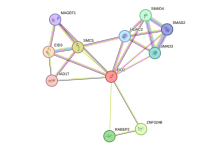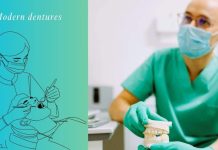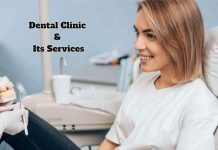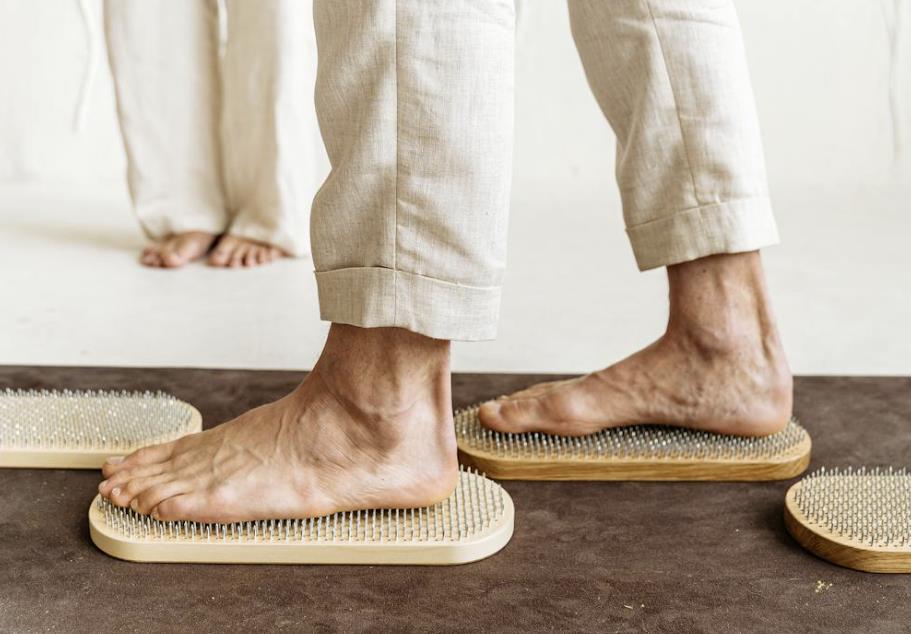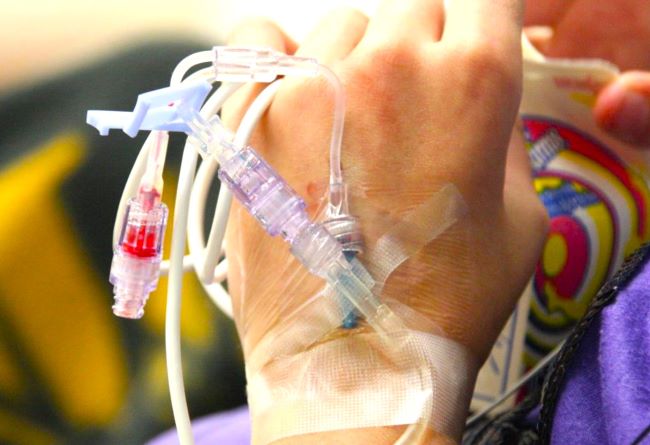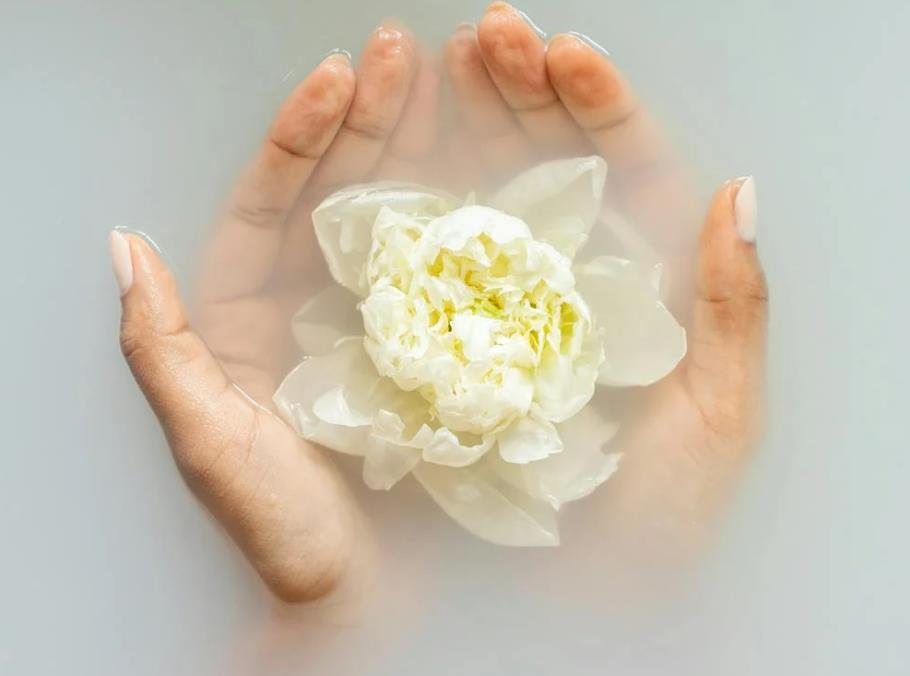Acne Can be an Embarrassing Problem and Difficult to Treat – These guidelines are intended to give you a basic understanding of the way in which your body functions and, occasionally, malfunctions. It is also designed to help you to relieve some of the more common aches and pains by giving simple and practical notes on self-help.
It is not, however, intended to replace your doctor. No amount of medical knowledge gleaned from reading books can replace the deep understanding that a qualified doctor gains from years of training and experience. So use this advice for interest and for reference and if any doubt, consult your doctor.


